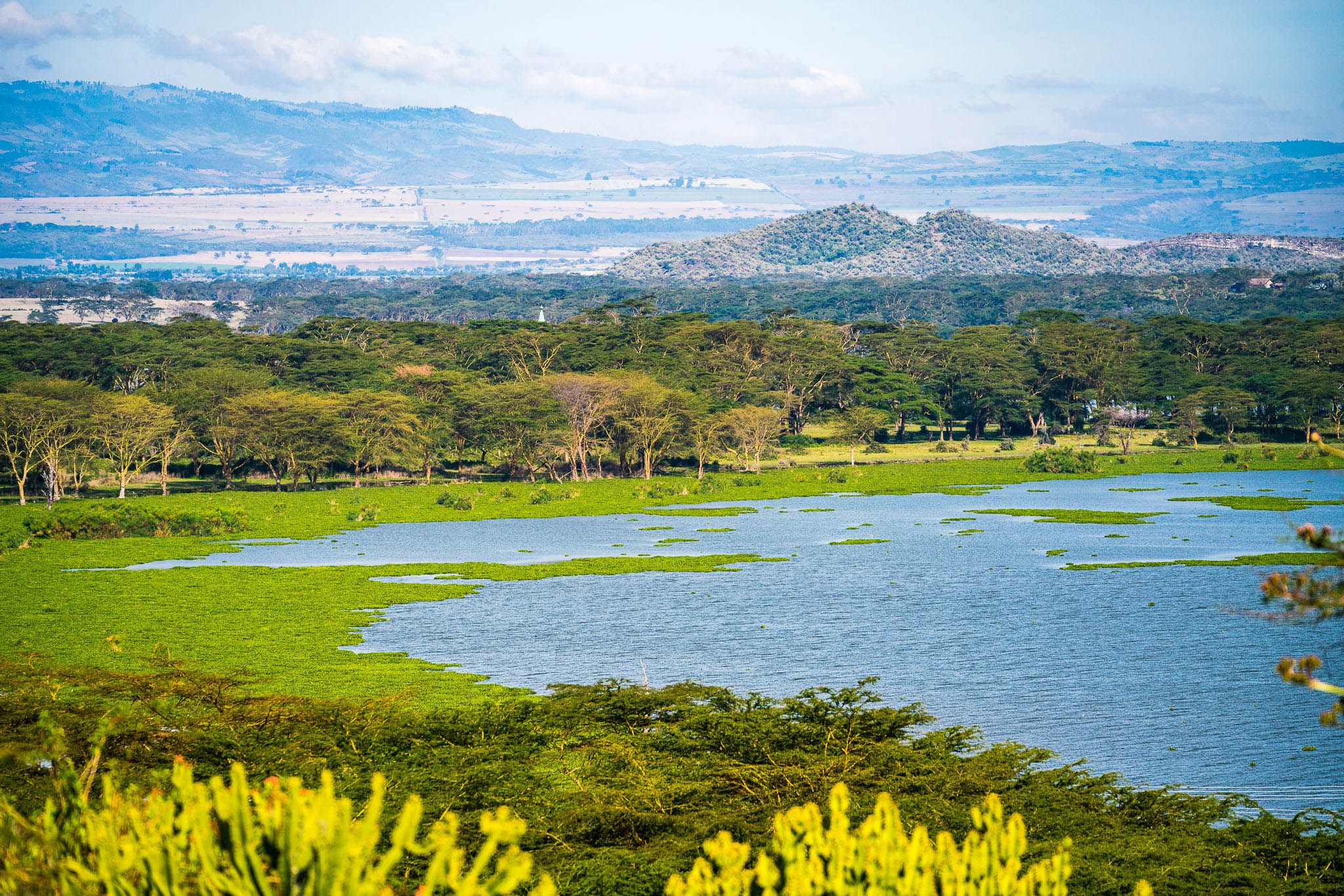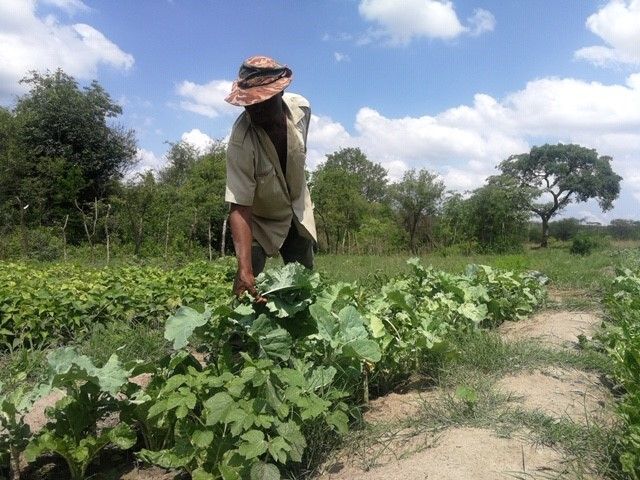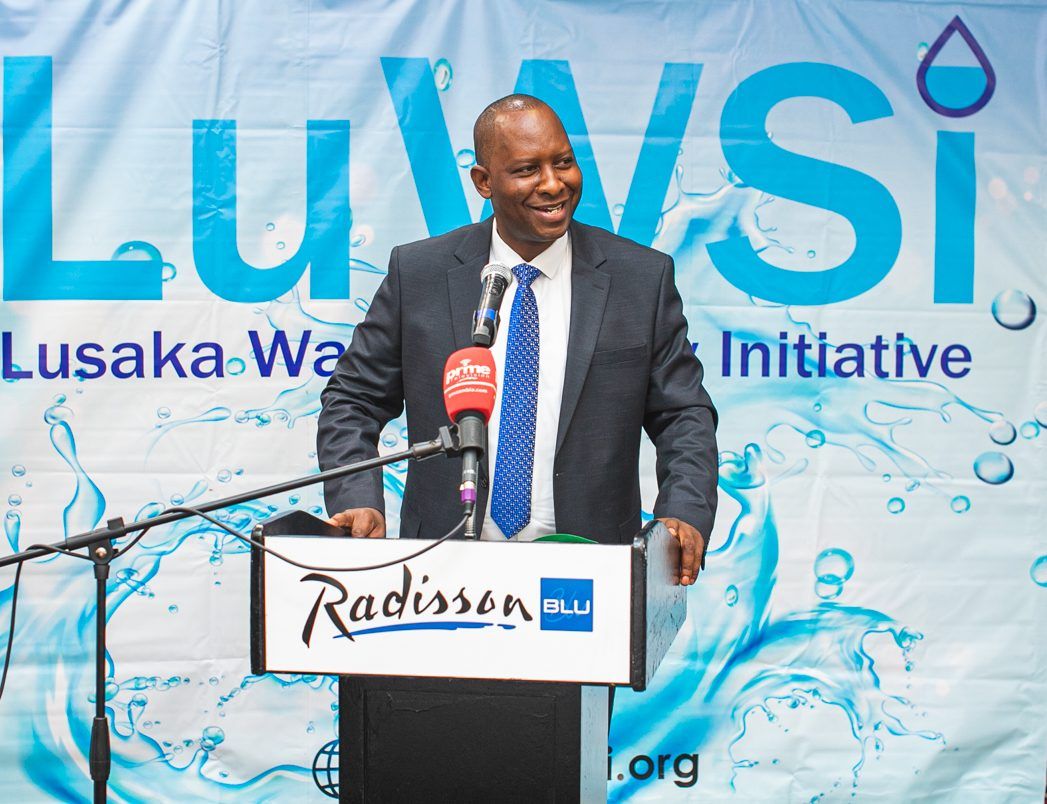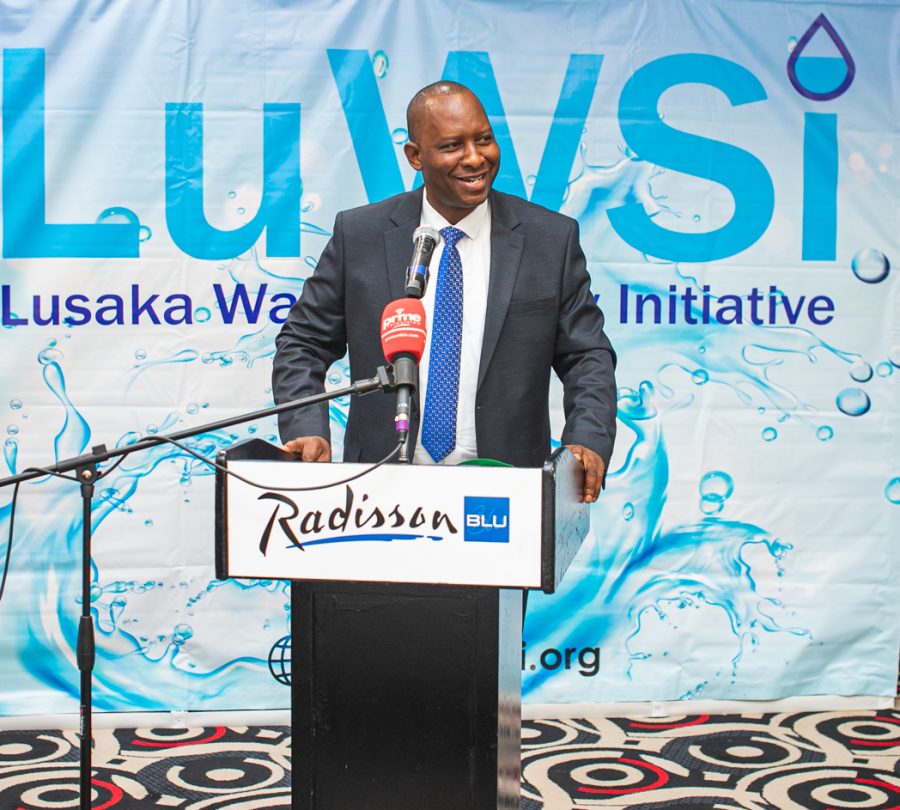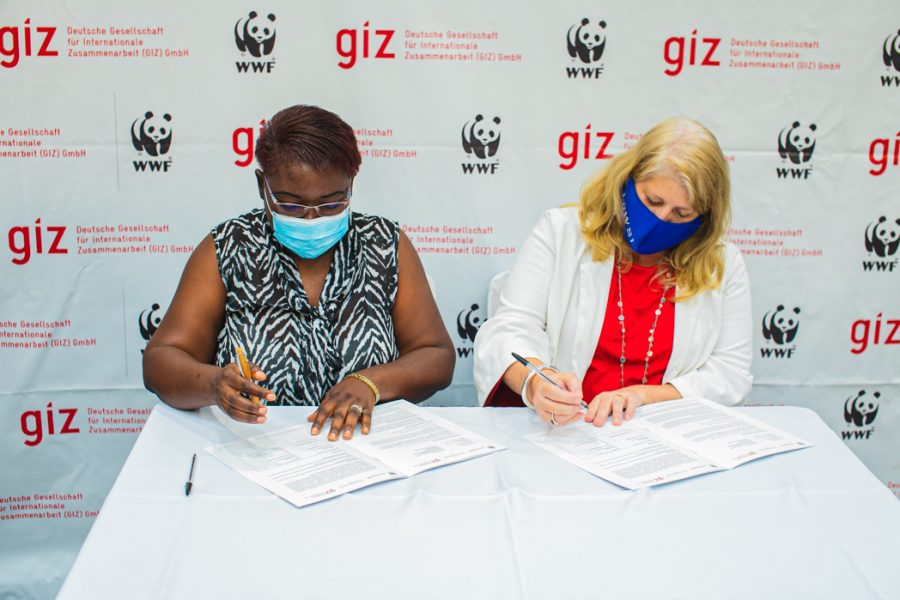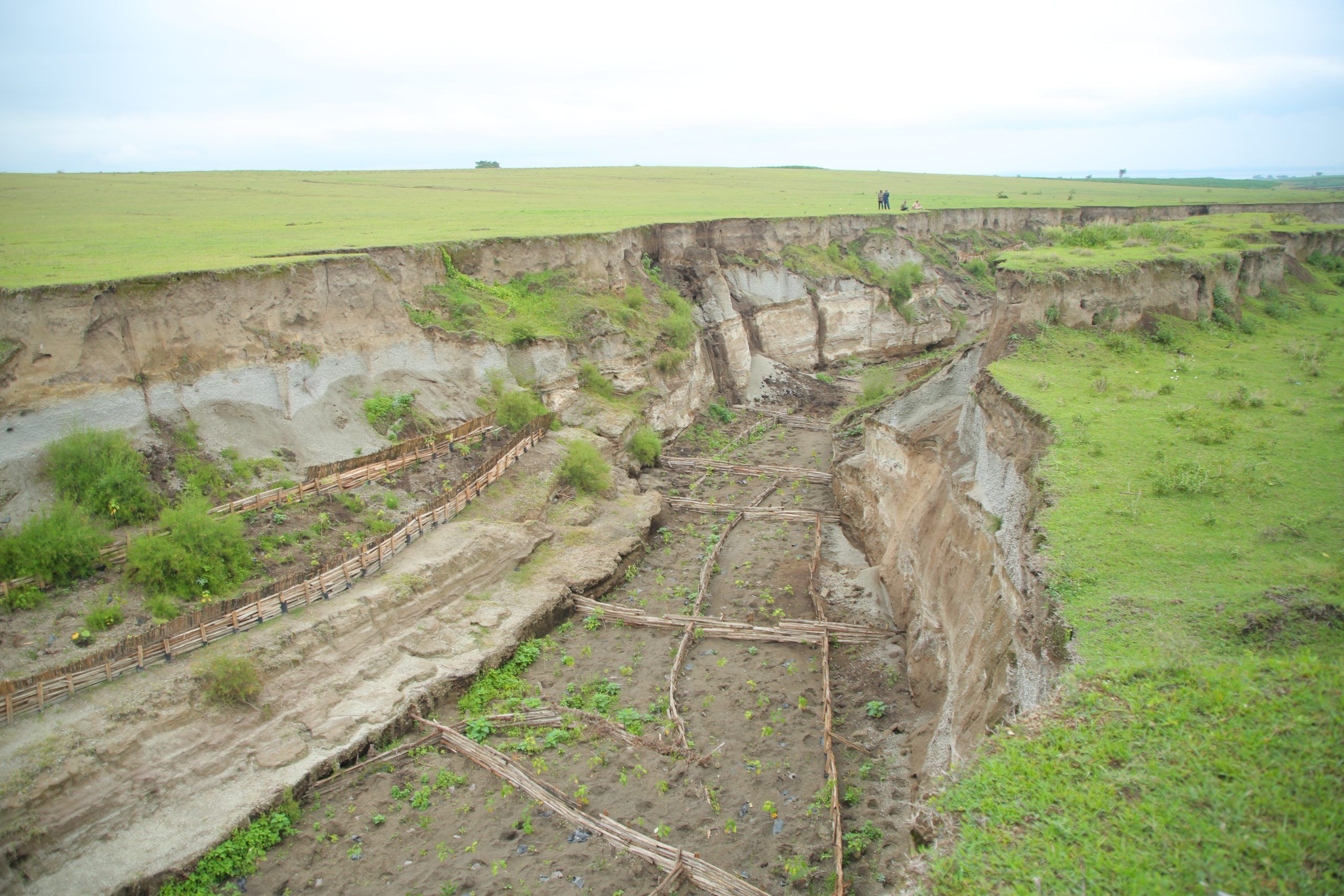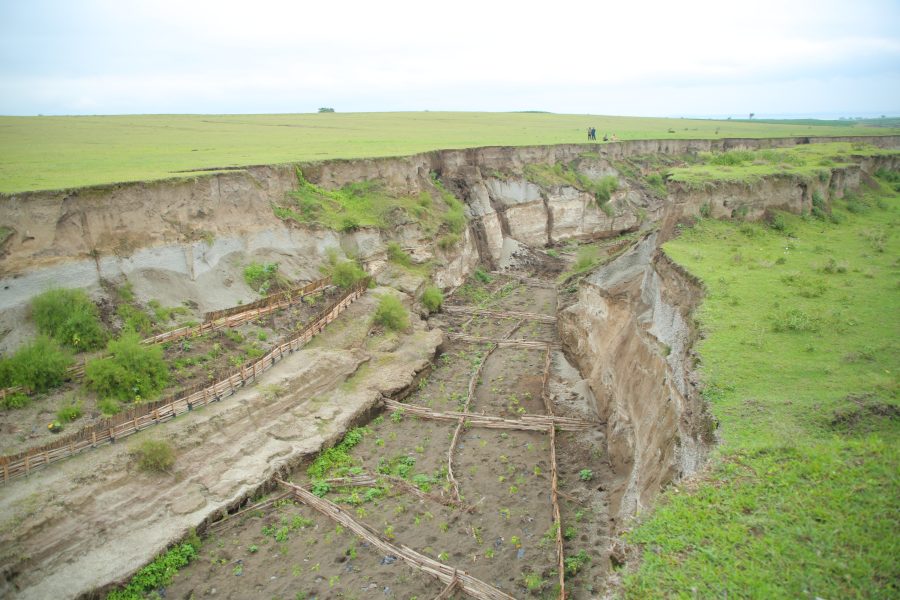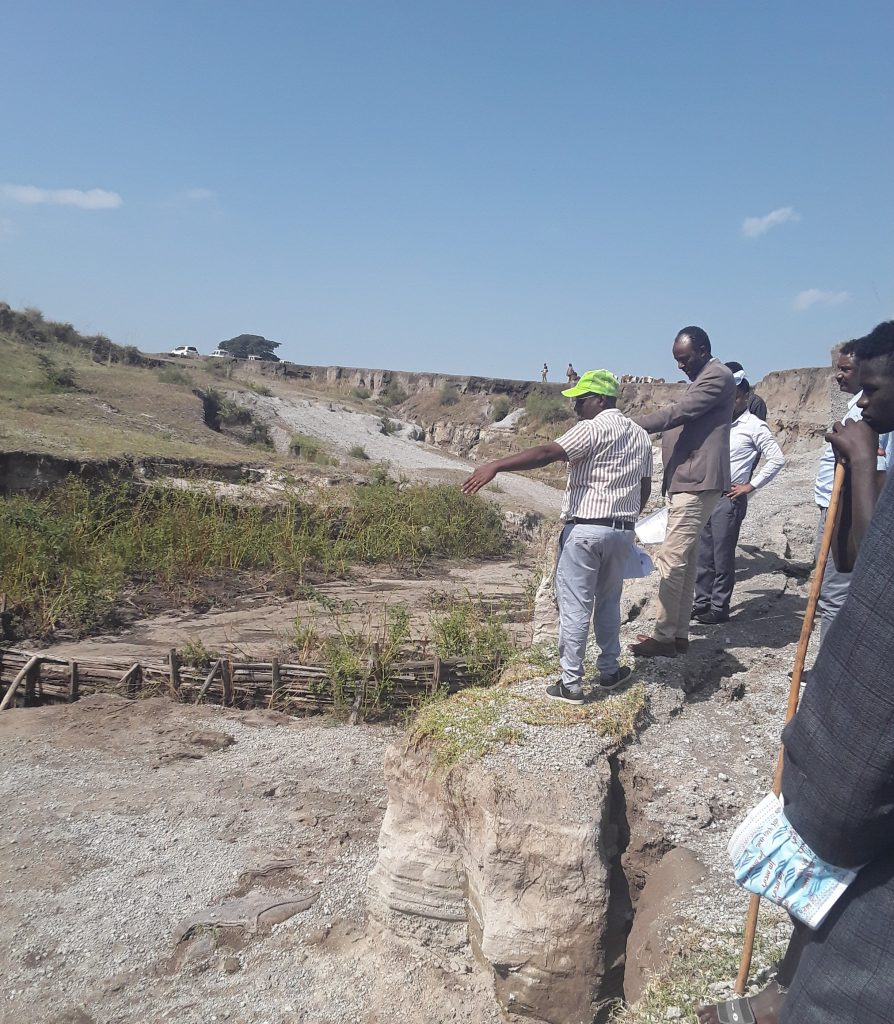First Catchment Stewardship Inter-Country Learning Event
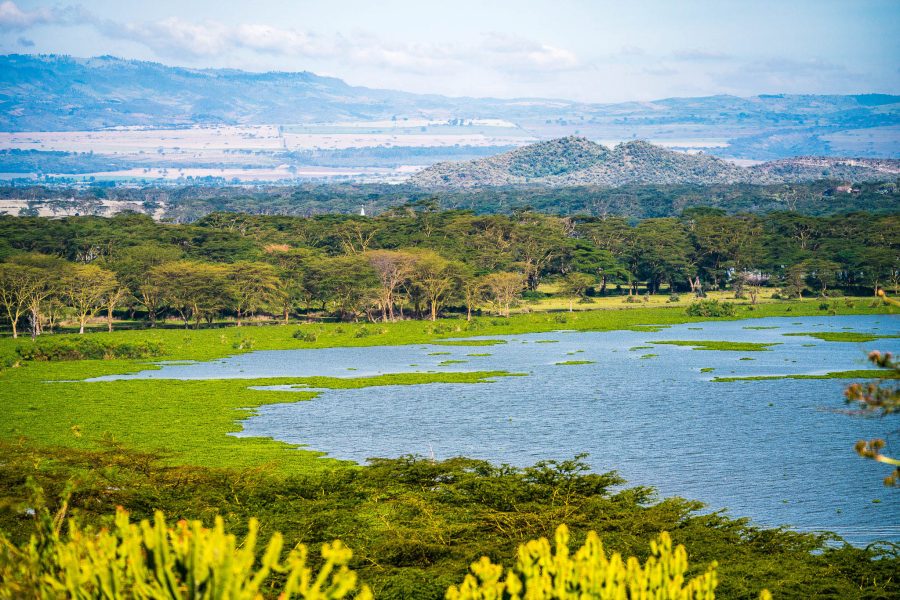
The Natural Resources Stewardship Programme applies a stewardship approach to different thematic areas, among which the improvement of resilience in catchments. This means reducing risks to natural resources like pollution, soil erosion or biodiversity loss in catchment areas. The aim is to safeguard catchments as intact ecosystems and as basis for economic development and a source of livelihoods for surrounding communities. Catchments act as sources of vital natural resources (like water, forests and soils) that are required for support to livelihoods, businesses and biodiversity. For this sake, the programme enables multi-stakeholder partnerships consisting of private, public sector and civil society to develop joint solutions for challenges impacting natural resources in catchments. This paves the way for economic growth that is socially and environmentally sustainable while simultaneously strengthening participatory governance within the target catchments.
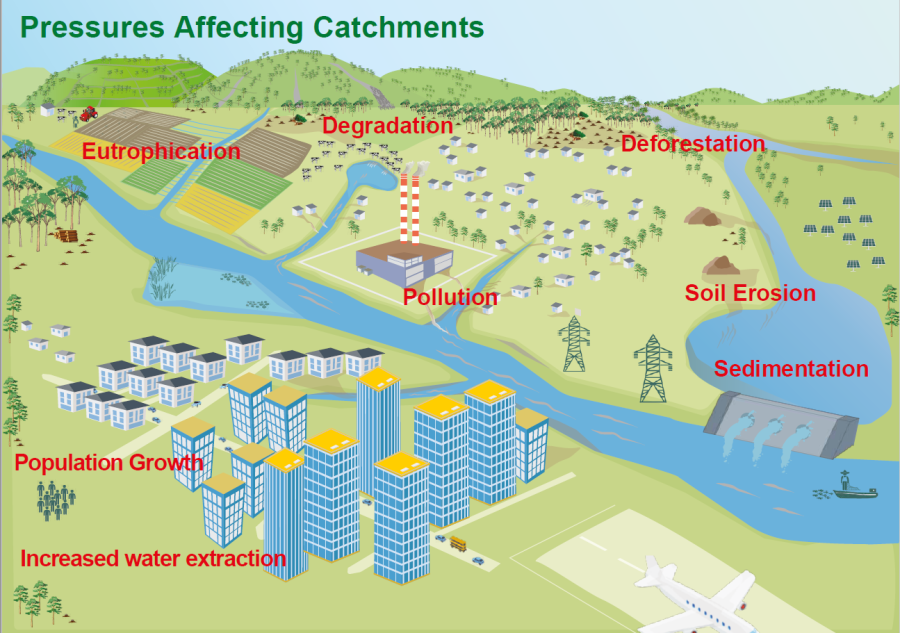
The Catchment Stewardship Approach
The programme has developed a catchment stewardship approach based on knowledge exchange and lessons learnt from partnerships implemented in various countries under NatuReS and its predecessor programme, the International Water Stewardship Programme (IWaSP), which was running from 2013 to 2019. With catchments across NatuReS countries facing similar challenges, continuous exchange is key in sharing lessons, challenges, and opportunities for upscaling the approach within and outside the NatuReS countries. Partner countries are using catchments as planning units for the management of natural resources, particularly water.
The NatuReS’ catchment stewardship approach is a collaborative approach that establishes partnerships between up- and downstream catchment users from the public and private sector as well as the civil society to jointly identify, understand and address natural resources risks, to generate social, environmental, and economic benefits.
Building upon and closing the implementation gap of traditional Integrated Water Resources Management (IWRM), the catchment stewardship approach focuses on sustainability and ownership, with NatuReS acting as a neutral and trusted facilitator in co-initiating partnerships. The approach is based on the Natural Resources Risk and Action Framework (NRAF), developed by the program, which provides tested processes and tools to address natural resources risks. Furthermore, partner commitments are secured through deliberate engagement of private, public sector and civil society.
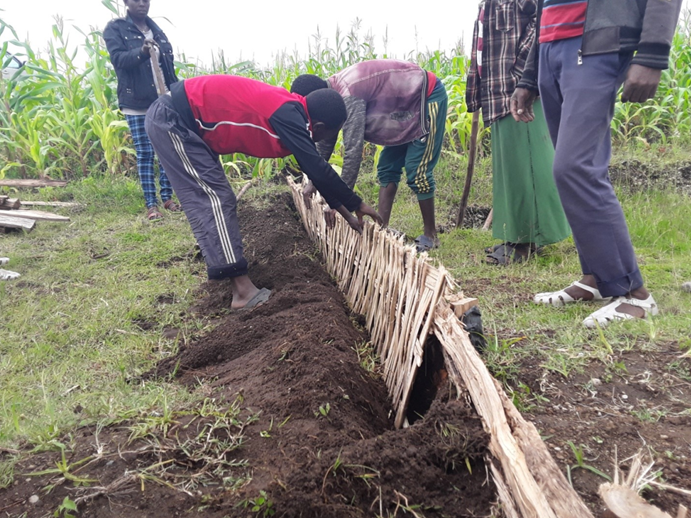
Catchment Stewardship in Practice
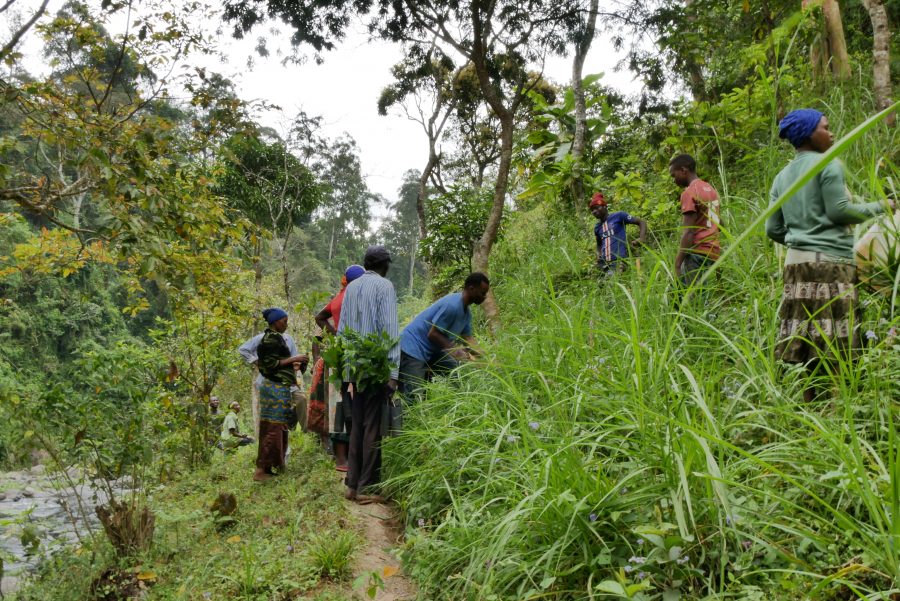
In the Weruweru sub-catchment, located in the North of Tanzania, partners under the Sustainable Water Management Partnership (SUWAMA) are sharing responsibilities to restore degraded riparian hotspots. Pangani Basin Water Board (PBWB) together with the Weruweru Water User Association conducted a study to identify the hotspots. African Plantations Kilimanjaro allocated the nursery site and water to raise 21,500 seedlings, enabling the civil society organization Kijani Pamoja to nurture the seedlings appropriately. The Flower company Dekker Chrysanten transported the seedlings to the identified planting sites, where local communities, in collaboration with PBWB, local government authorities and Kijani Pamoja, planted them. A #pay2grow system was established, supporting local communities in monitoring the trees in exchange for additional income. This way, ecosystems could be restored, biodiversity maintained and livelihoods protected.
Knowledge is never perfect – but improves when shared
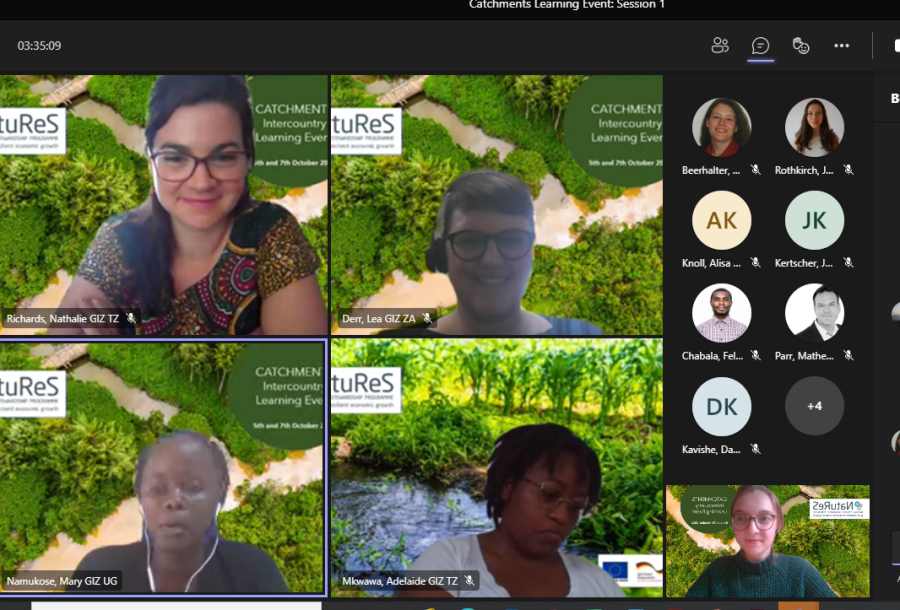
The objective of the inter-country learning event was to critically reflect on the catchment stewardship approach, evaluating what has worked well and identifying room for improvement, while drawing on lessons and experiences from one another. Finally, strategic future topics in catchments were discussed. Participants included NatuReS staff from Uganda, Zambia, Ethiopia, Tanzania and South Africa and GIZ colleagues from other programmes. In March 2022, an external event involving partners from the five African countries will follow.
While setting up stewardship partnerships and ensuring continuous long-term commitment from all partners remains a challenging task, experience shows that partners have developed a common ground of trust in each other on which the development of long-term solutions can take place. NatuReS’ role as neutral facilitator, combined with partners’ local expertise and the guiding process based on the Natural Resources Risk and Action Framework (NRAF), has proven to be a powerful approach in reducing natural resources risks and preventing conflict among the users of these shared resources.
Catchments: Future Topics of Relevance
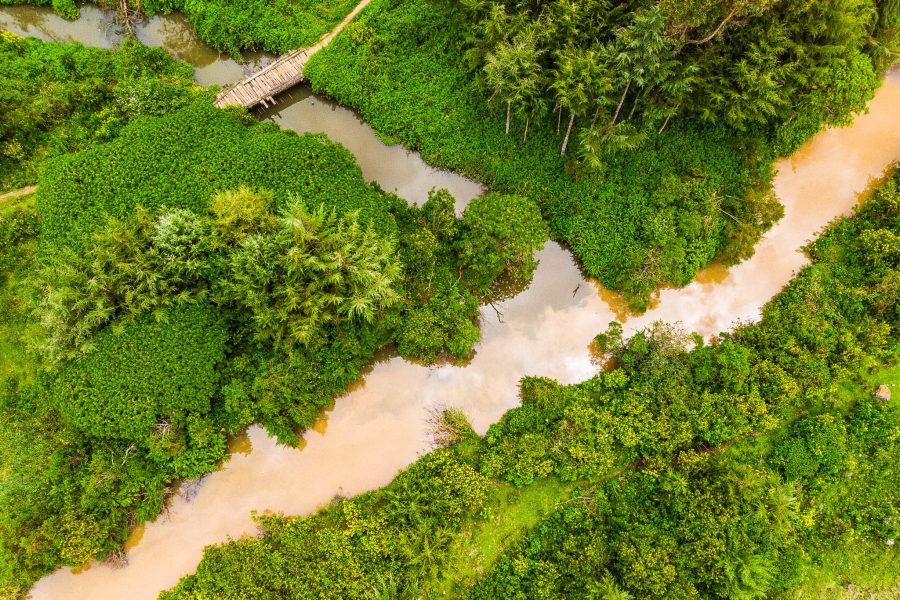
With both the effects of climate change accelerating and biodiversity loss posing an ever-growing challenge, catchment areas are facing increasing risks across the globe. Various concepts have the potential to contribute to tackling these risks. Natural capital accounting for example, offers tools to measure the changes in the stock of natural capital and to integrate the value of ecosystem services into accounting and reporting systems. Being able to quantify the services ecosystems provide to society and economy can convince stakeholders of their protection amidst the climate crisis.
Transboundary Water Management is also of increasing importance, with rivers, lakes and catchment areas not being limited by geographical borders. Applying the catchment stewardship approach to transboundary projects could offer added value in involving private sector, civil society as well as community actors in management of transboundary water resources. NatuReS has implemented a stewardship partnership in a transboundary context and can offer tools, approaches, and best practices around stewardship in transboundary water management.
Outlook
Following the successful two internal learning events, the working group is preparing an exchange with partners from the different catchment stewardship partnerships in March 2022 during the Uganda Water and Environment Week. Further information will follow in due course.
